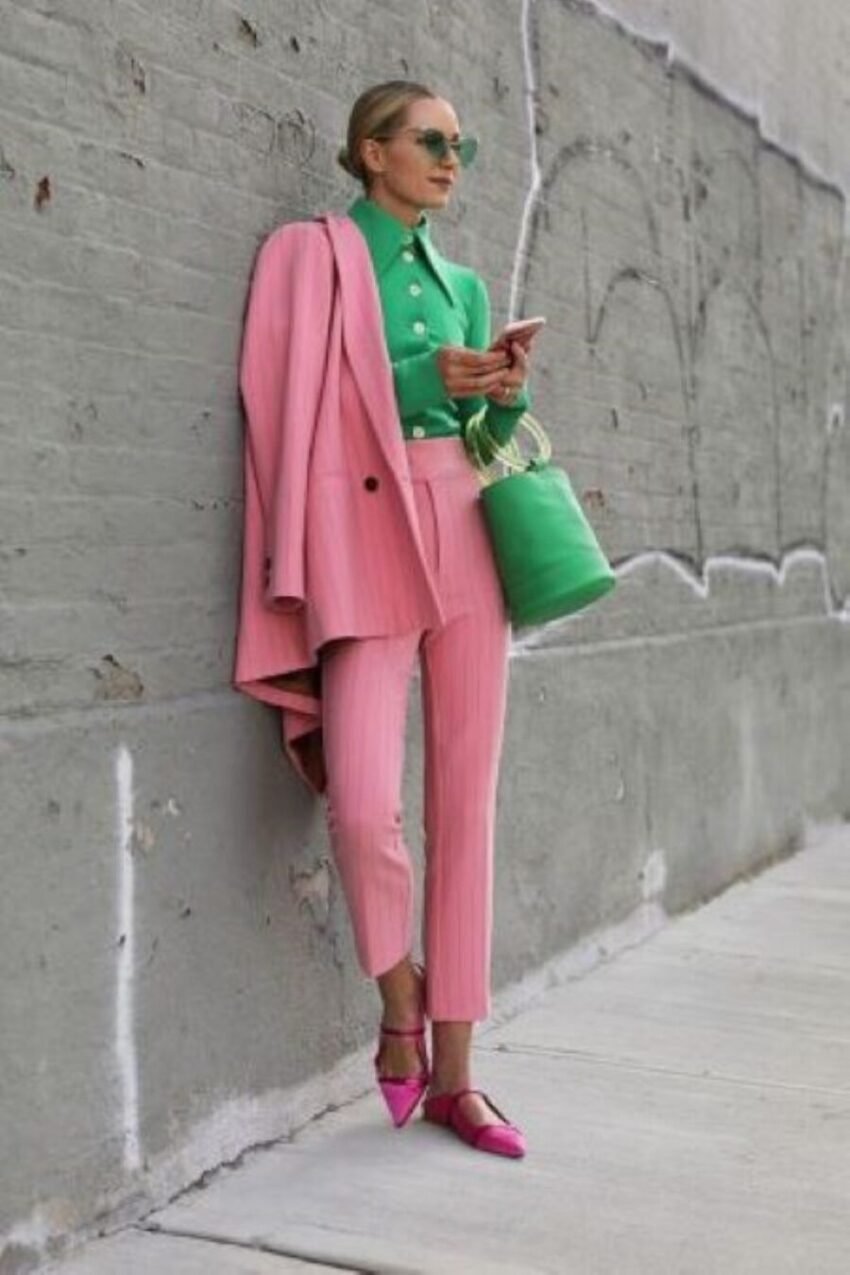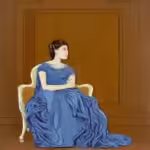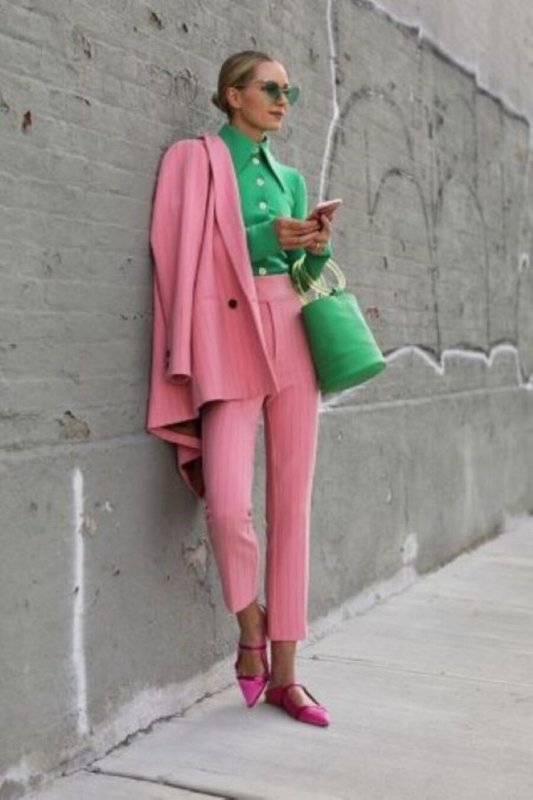Corsets have been an essential part of fashion throughout history, shaping the wearer’s silhouette and reflecting the society’s norms and cultural trends of that time. The materials used in crafting these garments have evolved over time, keeping up with changing tastes and technological advancements, from ancient civilizations to modern-day fashion runways.
The English word “corset” is derived from the diminutive of the Old French word “corps,” meaning “body,” which itself comes from the Latin “corpus.”Its purpose has evolved, from shaping the body to supporting fashionable clothing. Here’s a glimpse into the world of corsets:
Etymology and Early Usage
In ancient times, garments resembling corsets made their first appearance, although in simpler forms. The Minoans of Crete, dating back to around 2000 BCE, utilized bands of fabric or leather wrapped tightly around the torso to provide support and shape the body. These early versions focused more on functionality than fashion, serving practical purposes such as back support and postural correction.

16th and 17th Centuries
During the 16th and 17th centuries, a type of corset known as “bodies” or “stays” gained popularity in Europe. These early versions were less structured and typically laced in the front. Initially, only the aristocracy wore corsets, but by the 18th century, bourgeois women also embraced them. Lower-class women often made their own corsets using less expensive cloth and reeds for support and reinforcement.
Corsets and Renaissance Era
During the Renaissance era, corsets started to become more intricate in design. To create a stiffer structure and emphasize the highly desired hourglass figure, boning made from reeds or whalebone was introduced. The fabrics that were favored for corsets were luxurious materials such as silk, satin, and brocade, which were often adorned with intricate lace and embroidery to enhance their beauty.
Victorian Era: Structured Corsets
During the 19th century, the corset reached the peak of its popularity, particularly in the Victorian era. The use of steel boning replaced whalebone, providing even greater support and rigidity to the garment. For daily use, cotton became the primary material for corsets, offering a balance of comfort and durability. Meanwhile, extravagant designs for eveningwear featured sumptuous fabrics such as velvet and taffeta, adorned with beads, ribbons, and ornate trimmings.

Late 19th and 20 Century
During the late 19th and early 20th centuries, the perception of corsets underwent a significant change. The suffragette movement led to the emergence of a new type of corset called the “health corset”, which was made from lighter materials and had elastic panels for greater flexibility.
During the mid-20th century, they were no longer in fashion and were replaced by more comfortable undergarments like girdles and brassieres. However, in the latter half of the century, they made a comeback in a more subtle form. Fabrics like nylon and spandex became trendy due to their stretchability and shaping abilities, which catered to the needs of a more relaxed and body-conscious society.
21st Century Corsets
In the 21st century, corsets have once again become a prominent feature of fashion, albeit as outerwear rather than underwear. Designers have used various materials, from silk to leather, PVC, and metal mesh. These modern interpretations often incorporate elements of bondage and fetish wear, blurring the lines between fashion and subculture.
Corsets are now celebrated for their versatility and ability to transform the body. Corsets continue to evolve with advancements in textile technology and changing aesthetics, but their enduring appeal remains timeless.
Conclusion
Corsets have played a significant role in the history of fashion, representing both beauty and restraint. They have evolved from simple laced bodices to structured forms during the Victorian era, captivating our imagination. once functional undergarments have transformed into symbols of femininity, power, and rebellion, leaving an indelible mark on the world of style.
You can follow chiclysharp on YouTube, Pinterest and Instagram.










